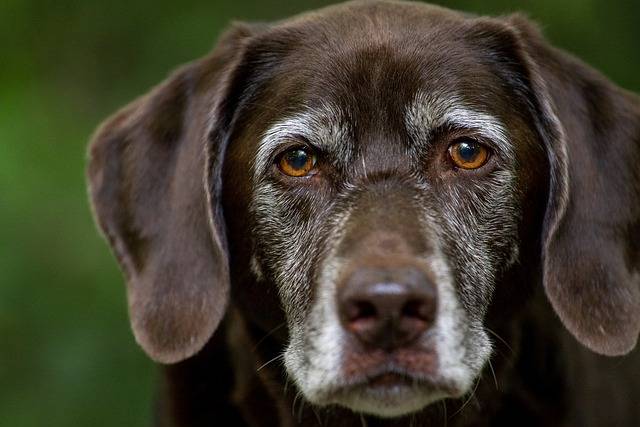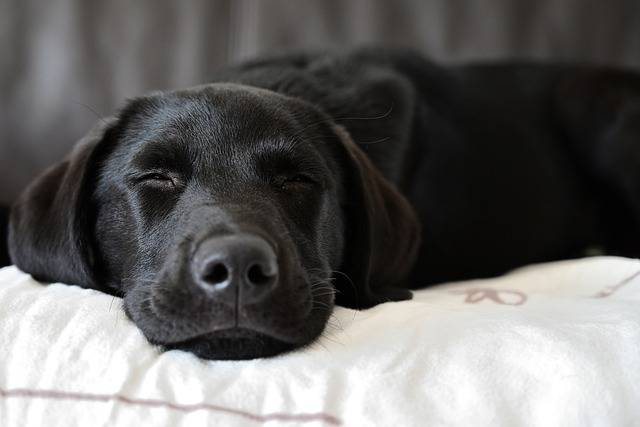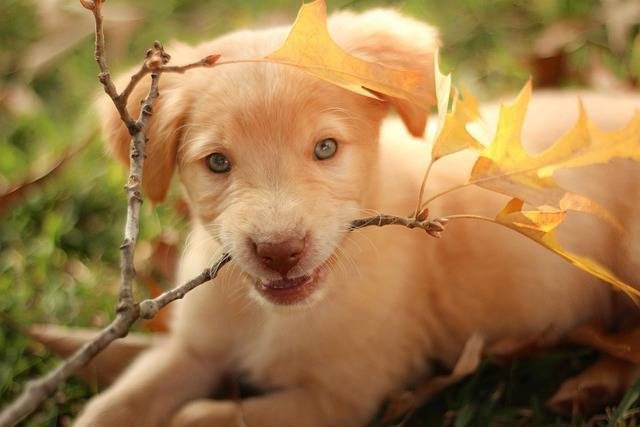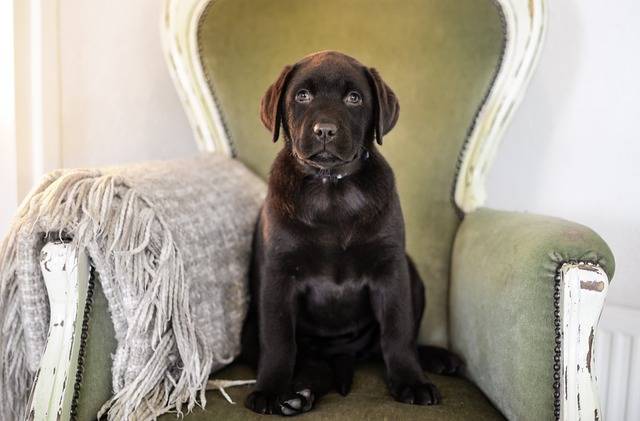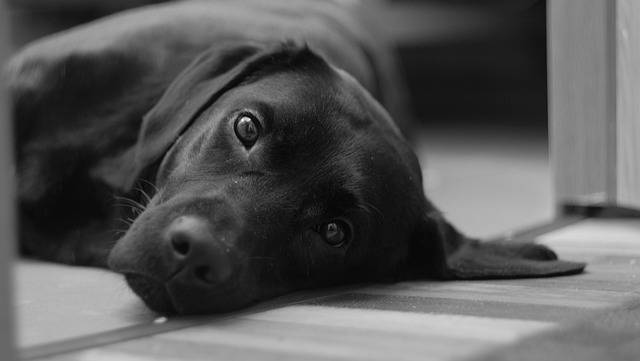Why Does My Labrador Retriever Shed so Much? A Comprehensive Guide to Managing and Reducing Lab Shedding!
Do you have a Labrador Retriever? If so, you know the struggle of dealing with their shedding fur all too well. It’s like living in an eternal snow globe! But why does your Lab shed so much? So grab your lint roller and get ready for a hair-raising tale about why your Lab has so many hairy moments! In this article, we’ll be shedding light on Labrador Retriever fur and uncovering the mystery of their excessive shedding.
If you’re the proud owner of a Labrador Retriever, you’ve asked yourself this question at least once: why does my Lab shed so much? Well, shedding is part and parcel of being a Lab.
It may seem like your furry friend is constantly leaving behind fur bombs around the house, but there are some excellent reasons for all that shedding. For starters, Labs have thick double coats – an outer coat made up of wiry guard hairs and an inner layer of soft downy fur – which helps them stay warm in cold weather and cool in hot weather. This means they must shed their winter coat when temperatures rise to keep from overheating.
In addition to seasonal shedding, Labs also tend to lose more hair than other breeds due to their active lifestyle; running outside can cause extra wear and tear on their coats! And if your pup has allergies or skin issues such as dryness or irritation, they might also be prone to excessive shedding.
The good news is that there are ways you can help reduce how much fur your Lab sheds throughout the year! Regular brushing with a slicker brush will help remove dead hair before it ends up all over your furniture; using conditioners specifically designed for dogs will help keep their skin healthy; feeding them high-quality food with Omega 3 fatty acids can boost coat health; and making sure they get plenty of exercises (which isn’t hard with these energetic pups!) will ensure proper circulation throughout their bodies which keeps hair follicles healthy too!
So while it may seem like having a Labrador Retriever comes along with its built-in vacuum cleaner attached at times, there isn’t any need for alarm – remember these tips next time you find yourself wondering why Fido seems intent on covering every surface area inside your home with his luxurious locks!
Shedding light on Labrador Retriever Fur: How Much is Too Much?
If you’re a proud owner of a Labrador Retriever, you know that shedding is just part of the package. But how much fur is too much? Shedding light on this furry problem can help us all get to the bottom.
Let’s start with some basics: Labradors have two coats – an undercoat and a top coat – which are both made up of thick, dense fur. The undercoat helps keep your pup warm in cold weather while protecting them from water and dirt. The top coat gives them their signature glossy look and acts as a barrier against UV rays and other environmental elements like wind or rain.
So why do they shed so much? Labradors shed more than most breeds because they naturally blow their coats twice yearly when temperatures change from hot to cold (or vice versa). This process usually lasts about two weeks before things return to normal again. During this period, your pup will lose significant amounts of hair as its body adapts to its new environment – but don’t worry!
But suppose your Labrador seems like he’s constantly shedding throughout the year. In that case, something else could be happening – such as allergies or parasites – which a veterinarian should address immediately! Additionally, ensure you’re brushing him regularly (at least once per week) so that excess fur doesn’t accumulate around his home or furniture!
So when it comes down to shedding light on labrador retriever fur: How Much Is Too Much? It depends on what kind of lifestyle you lead with your four-legged friend; however, regular grooming sessions combined with occasional vet visits should help keep those pesky hairs at bay no matter what season we find ourselves in!
A Hair-Raising Tale: Why Your Lab Has So Many Hairy Moments
If you’re a labrador retriever owner, then you know that your furry friend can be quite the shedder. From tufts of fur on the couch to clumps of hair in your vacuum cleaner, there is no end to all those hairy moments. But why does this breed have such an affinity for shedding?
As it turns out, labradors are born with a double coat – one layer of short hairs and another layer of longer guard hairs. This combination helps keep them warm during cold weather and cool during hot weather. Unfortunately for us humans, though, these two layers also mean twice as much shedding!
But don’t despair just yet; there are some things we can do to help reduce our furry friends’ shedding habits. Regular brushing will help remove dead hair from their coats before it has a chance to spread around the house (and car!). Proper nutrition and supplements may also help reduce excessive shedding due to nutritional deficiencies or allergies.
So while having a labrador retriever means living with plenty of hairy moments – at least now we know why!
Fur Real? Uncovering the Mystery of Labrador Shedding
Do you have a Labrador Retriever at home? If so, you may ask yourself why your furry friend sheds so much. Well, the answer is fur real! Shedding is a natural process for Labradors and other breeds of dogs. But why do they shed so much?
The truth is that shedding helps keep your pup’s coat healthy and clean. It also helps regulate their body temperature by allowing them to release excess heat in hot weather or retain warmth in cold weather. So while it seems like an endless cycle of fur flying around the house, it’s beneficial for your pup!
But if all this shedding has got you frustrated, don’t worry – there are ways to manage it better. Regular brushing will help remove dead hair from their coat before it ends up on furniture or clothing (and yes – even food!). You should also make sure they get plenty of exercises as this will help reduce stress levels which can cause excessive shedding too!
Finally, remember that no matter how much fur flies around the house – there’s nothing quite like snuggling up with your four-legged best friend after a long day!
The Dog Days of Shedding: What You Need to Know About Your Lab’s Coat
Ah, the dog days of shedding. It’s that time of year when your labrador retriever constantly leaves a trail of fur wherever they go. But don’t worry – it doesn’t mean you have to live in a perpetual state of hair-covered chaos! With some knowledge and preparation, you can get through this season with minimal stress and maximum snuggles from your furry friend.
First things first: understand why your Lab is shedding so much. Labs are double-coated dogs, meaning they have two layers to their coat – an outer layer (guard hairs) and an inner layer (undercoat). During the warmer months, these guard hairs will be shed as part of their natural cycle; however, if too much undercoat is present, more frequent brushing may help keep them comfortable during the summer months.
Next up: how do you manage all that extra fur? Regular grooming sessions are key! Brushing helps remove dead or loose hair, which keeps your pup looking great and prevents mats from forming in their coat, which can cause discomfort for them later on down the line. Additionally, regular baths using a mild shampoo will help keep dirt and debris at bay while also helping reduce excess shedding by removing any trapped undercoat hairs before they become visible on furniture or clothing items around the house!
Finally, don’t forget about diet – what goes into our pets’ bodies directly affects how healthy their coats look and feel over time, so make sure you’re feeding them quality food with plenty of omega-fatty acids for optimal skin health throughout all seasons!
So there you have it – armed with this knowledge about why labs shed so much during certain times, plus tips on how best to manage it should ensure that both yourself AND Fido stay happy throughout those dreaded dog days of shedding!
